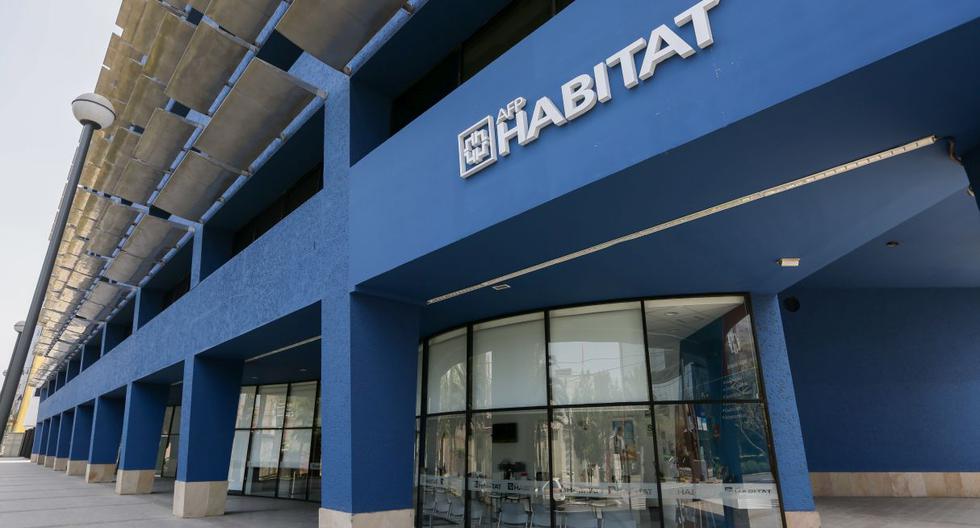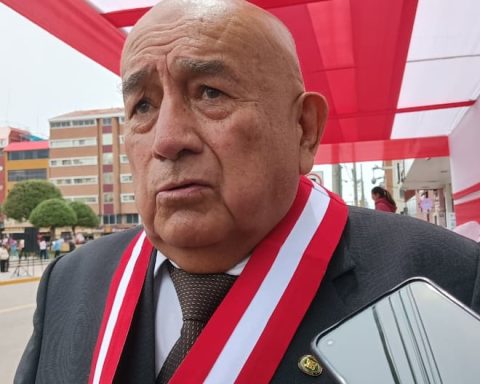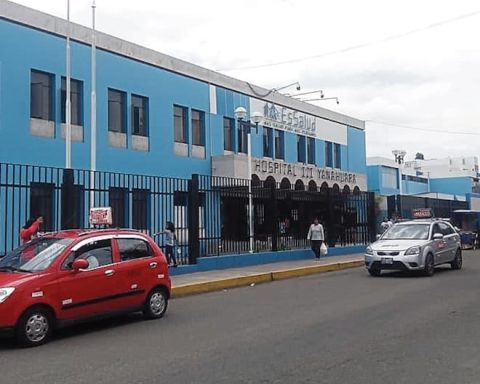The Plenary Session of Congress approved on Wednesday, May 4, the sixth extraordinary withdrawal of funds from the Pension Fund Administrators (AFP), this time for the value of 4 tax tax units (UIT), which are equivalent to S/ 18,400.
Although the Legislature has already approved the norm, a series of steps are still missing so that citizens can access the withdrawal of their AFP. In this note we will tell you everything you need to know about this measure.
Publication of the law
The first requirement is that the Executive promulgate the norm. The President of the Republic, Pedro Castillo, has in his hands the autograph of the Congress, and has a period of 15 days to promulgate or observe it.
If the Executive observes it, the norm would return to the Congress commissions, where it must be approved again. If they decide to reject the observations of the Executive, the Plenary can approve the autograph by insistence, which would be published the next day in the official newspaper El Peruano.
Another option is that after the 15-day period, the president has not promulgated or observed the rule. In this scenario, the presidency of Congress can enact the law.
Once the bureaucratic procedure between the Executive and the Legislative has finished, there is a process that must be followed by the corresponding instances to facilitate the withdrawal of funds to those affiliated to the private pension system.
SBS and AFP
The rule establishes that the Superintendence of Banking, Insurance and AFPs (SBS) must issue the regulation that determines the operating procedure to access AFP funds.
For this, the SBS has a period of 15 calendar days. A calendar is usually defined for each of the four AFPs that operate in the country: AFP Integra, Profuturo AFP, AFP Hábitat and Prima AFP.
On previous occasions, the schedule follows an order, which is due to the last digit of the contributor’s National Identity Document (DNI). On the correct date, members must send a request to their AFP.
How to request withdrawal?
To access the extraordinary withdrawal of AFP funds, members submit their request remotely, virtually or in person, and only once, within 90 calendar days after the law regulations come into force.
Once the application is validated, the money will be deposited under the following scheme:
- First disbursement of up to 1 UIT: within a maximum period of 30 calendar days after submitting the request to the AFP.
- Second disbursement of up to 1 UIT: Within a maximum period of 30 calendar days.
- Third disbursement for the remaining requested amount of up to 2 UIT: Within a maximum period of 30 calendar days.
In the event that the affiliate wishes to stop withdrawing the funds from his individual capitalization account, he may request it only once from the AFP 10 calendar days before the disbursement.
How much money do I have in the AFP?
Each AFP at the national level has a total record of all contributions, this can be viewed on the entities’ website or application, be it AFP Integra, Prima, Hábitat and Profuturo.
These are the steps to find out how much money you have in your account depending on the AFP to which you are affiliated.
- AFP Integra: if you are an affiliate of this administrator, you can access the following link: www.afpintegra.pe/iniciar-session.
- Premium AFP: enter the page http://www.prima.com.pe/wcm/portal/PrimaAFP/inicio and in “My account” enter your ID number and password.
- AFP Habitat: to check the account statement in this AFP you must go to www.afphabitat.com.pe/mi-cuenta.
- Profuturo AFP: if you are a member of this AFP you can access https://enlinea.profuturo.com.pe/zonaprivada/login to view your account statement.
If you access these official AFP portals (in which you are affiliated) you will be able to know how much is the total amount of money that you can request.
On the other hand, if you want to receive the amount of your contribution every four months, call your AFP or update your data in person at one of their agencies. You can also request a detailed report of your contributions and total movements, installments and accumulated balance.

















